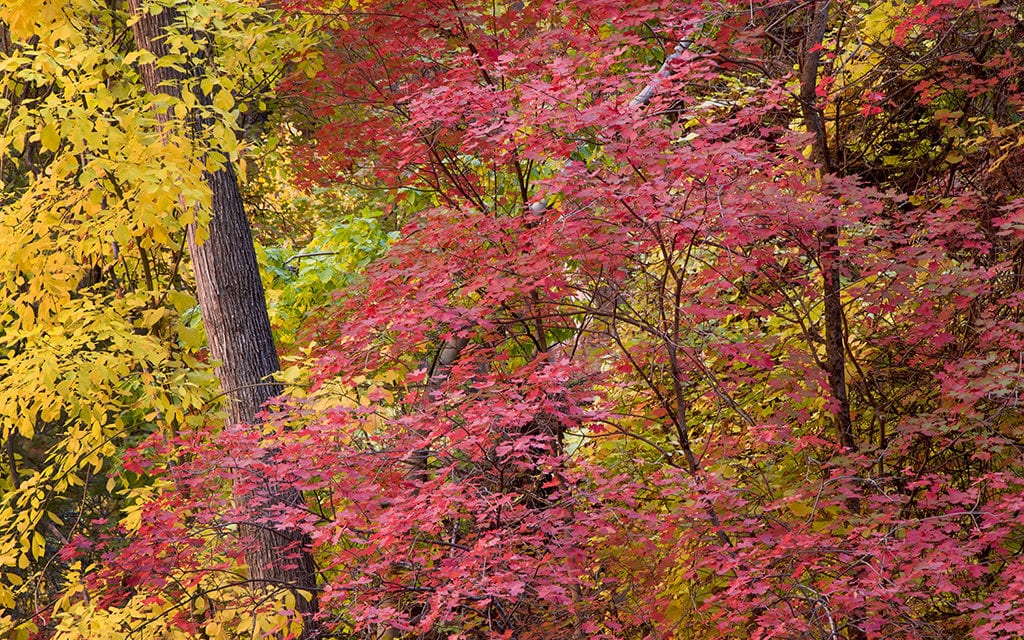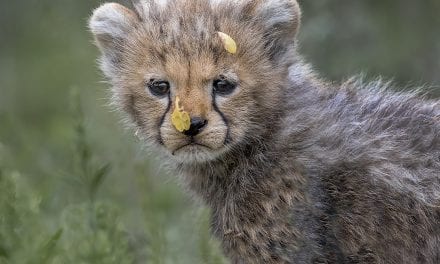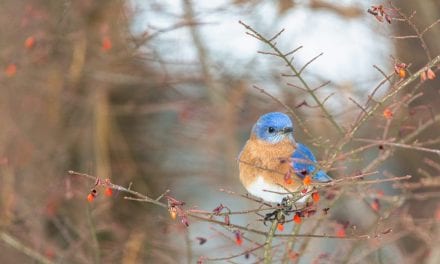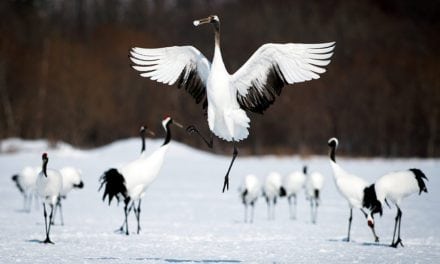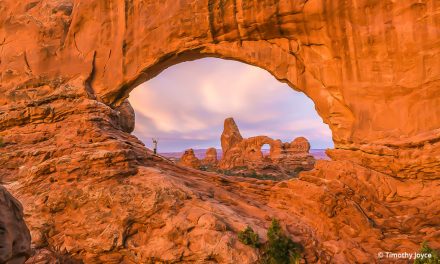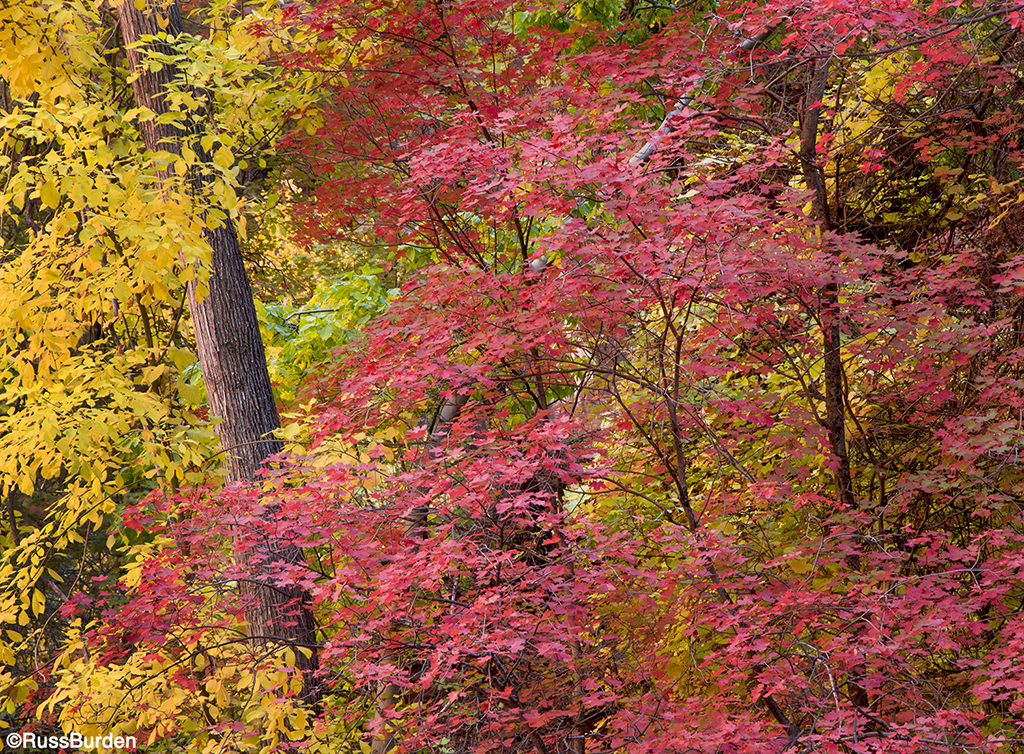
What’s a “big glass” landscape? What is your “go-to” lens to photograph scenics? Are you sure you have a polarizer for your 400mm lens? Wait—in some way these three sentences imply one should use a telephoto lens to make scenics! Yes—it goes against the norm to photograph a scenic with a wide angle, but just because everyone else uses a wide angle all of the time, there’s no reason to follow the flock. Somewhere along the line while you were growing up, I’m sure you heard your parents state, “If all your friends jumped off the Brooklyn Bridge, would you follow them?” (Or something to that effect.) With this in mind, stay alive and attach a 200mm or longer lens to your camera and make some scenics.
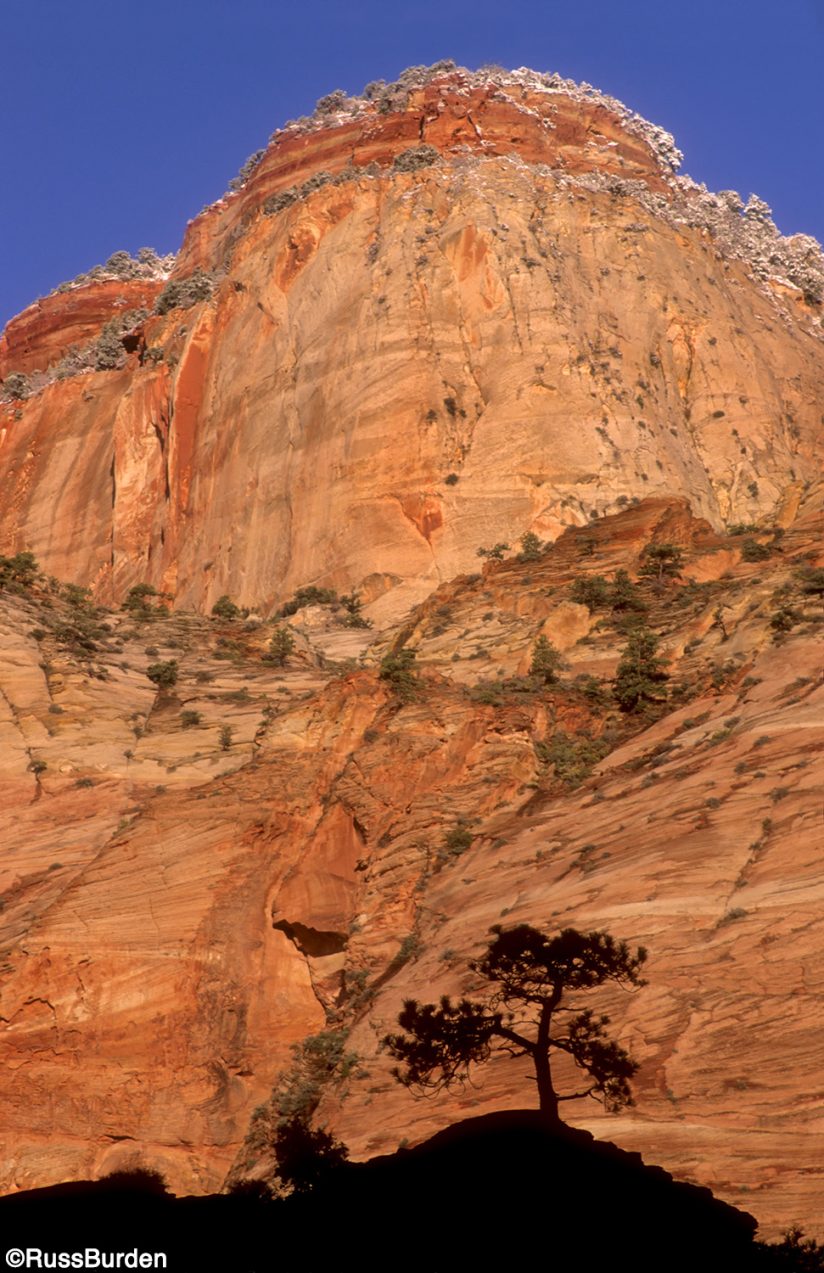
Camera Technique
Telephoto lenses bring subjects closer since the angle of view is narrower and also magnified. Because the subject size gets magnified, this necessitates a critical camera-handling technique. It’s essential you use a sturdy tripod to acquire a sharp image. The longer the lens, the sturdier it needs to be. An electronic cable release will help ensure you obtain a sharp photo as it allows an image to be made without touching the camera to release the shutter. The simple pressing of the shutter does impart movement to the body. To further ensure zero movement is introduced, engage mirror lockup. When the shutter is released, the mirror has to move to the up position so the image gets recorded onto the sensor. The movement of the mirror creates vibration. Mirror lockup comes in especially handy when shooting at shutter speeds between 1/2 and 1/30th of a second.
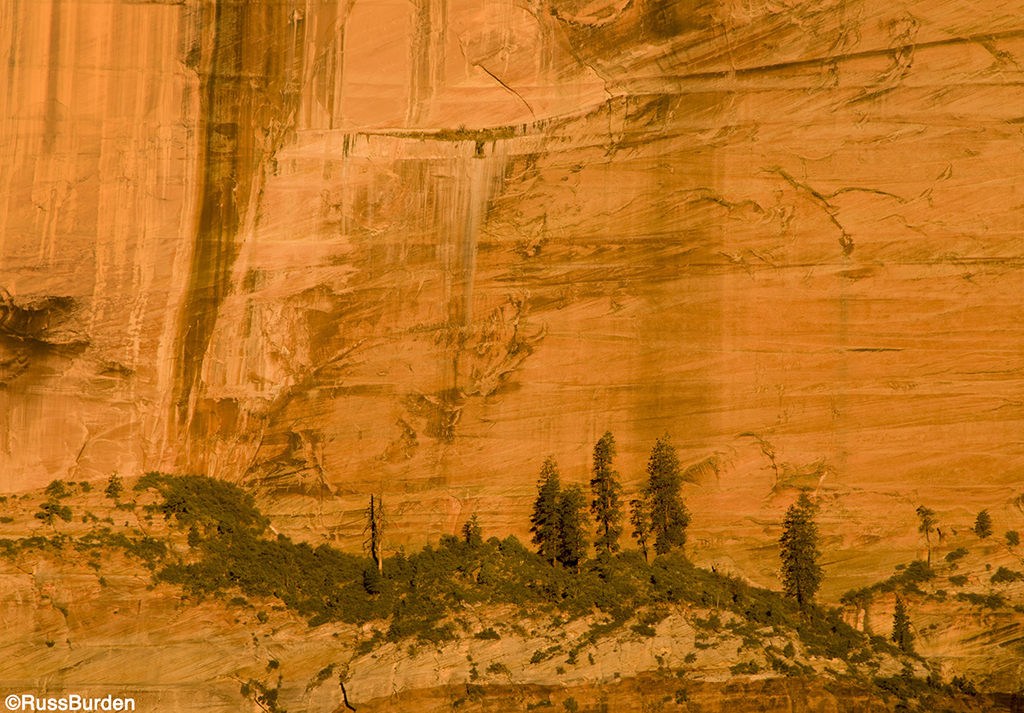
Exhaust All Possibilities
The way I got into making long-lens landscapes is because of one of my business tag lines: “Exhaust All Possibilities.” For every subject that allows me the time, I make a vertical, horizontal, wide and telephoto image. In the early days, I questioned my own motivation when I broke out the telephoto to capture the long image but soon discovered it’s the lens I’d gravitate to initially. At that point in time, I knew I was on to something. I continued my pursuit and began to look at all scenics with “300mm eyes.” To this day, I don’t leave a scenic location until I’ve made the telephoto image as I want to leave no photo behind.
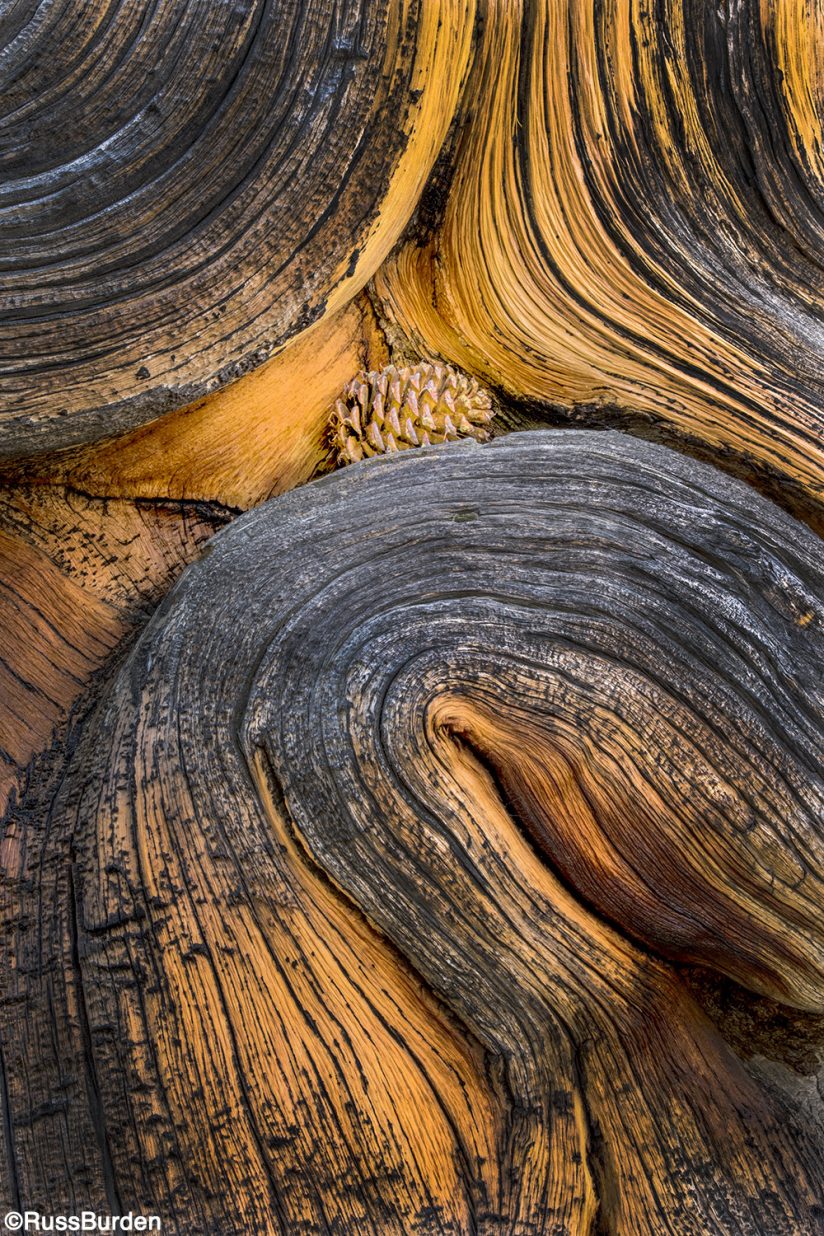
Isolate
Somewhere within every scene lies an additional scenic gem. Don’t refrain from zooming in close to capture an abstract, a pattern or simply isolate a portion. With your long lens attached to your camera, study the scene to discern where these hidden gems reside. Break out your 80-400mm, zoom it to 300mm and look for the shot. Loosen up the head and scan the environment as if it were a grid. Be sure you cover every section as you go from left to right and also top to bottom. Add in a variable and zoom to 400mm or back off to 200mm if you see something that intrigues you. Inevitably, you’ll find that small section that all along was calling your name.
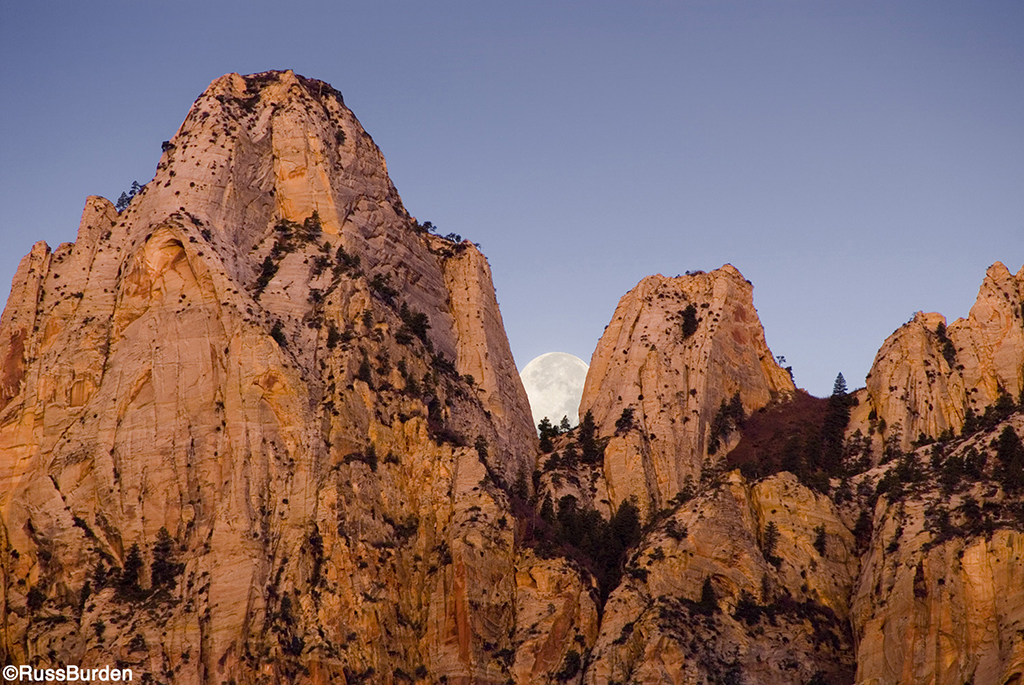
Zoom in to find the PIP: At every iconic location, attach your telephoto and capture the “picture in the picture.”
To learn more about this subject, join me on a photo safari to Tanzania. Visit www.russburdenphotography.com to get more information.
The post Capture The Picture In The Picture appeared first on Outdoor Photographer.

